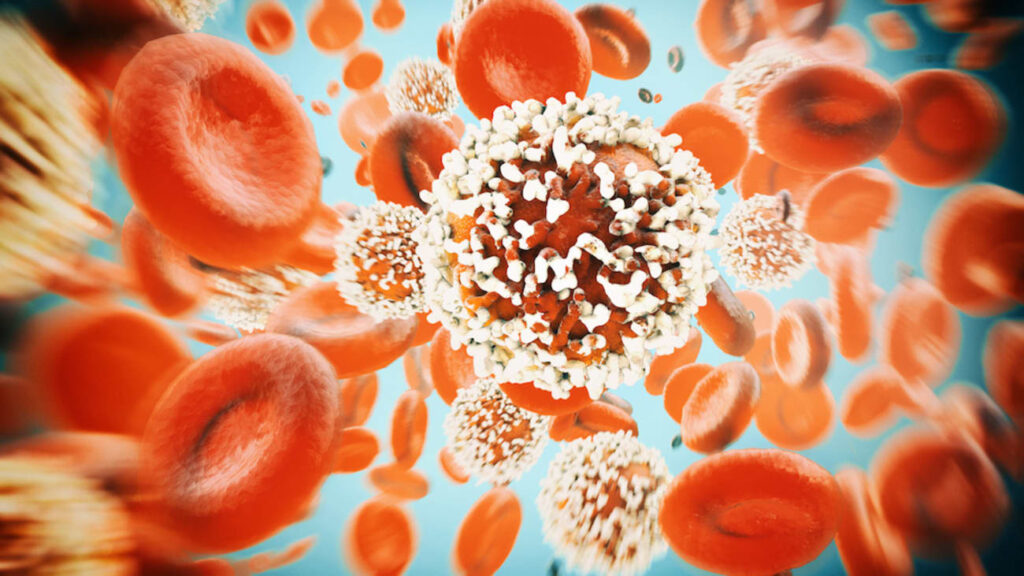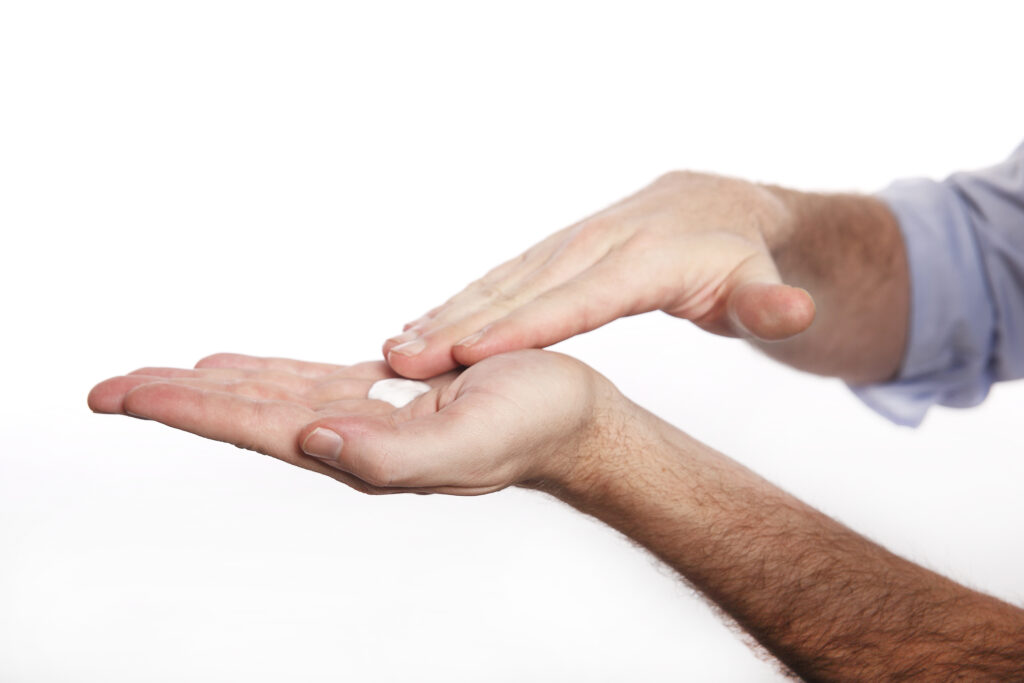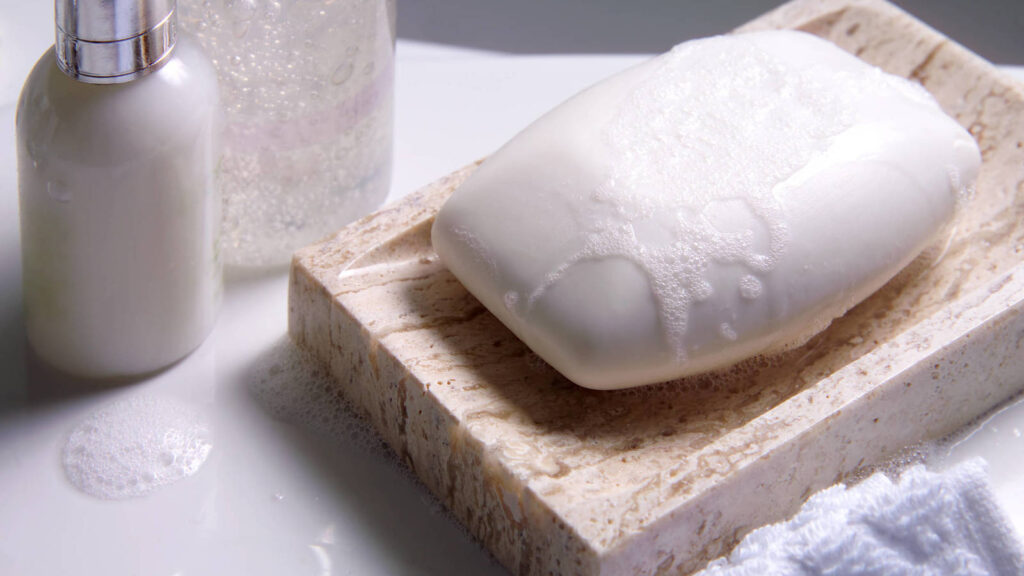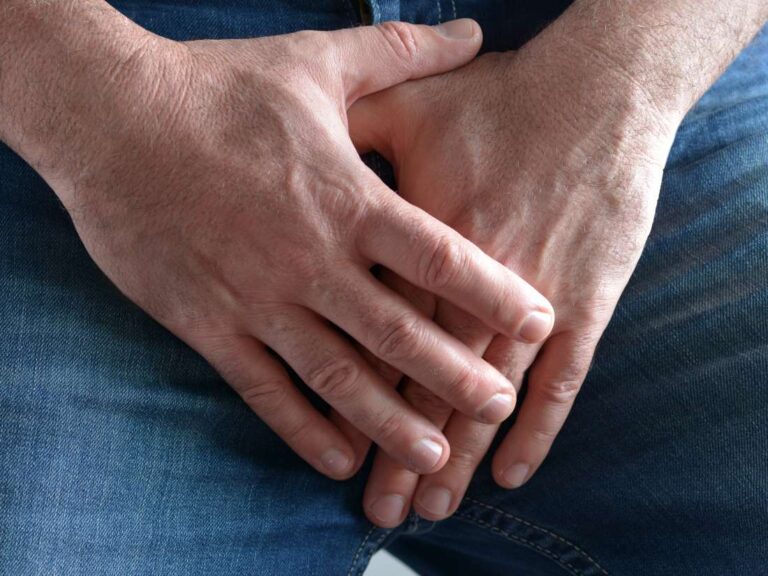What is penile thrush? How do men get it? What are the signs or symptoms? How long does it take to clear up? While most men do not get penis thrush, some do and having the signs and symptoms will necessitate treatment.
Meaning
Thrush is a fungal Candida infection of the genitals (the penis). Genital Candida is known by the following names:
Yeast infection, thrush, Candida, candidal balanitis, candidiasis, and moniliasis. Thrush in men affects the genitals and mostly the head of the penis and the foreskin.
The infection usually begins as a red and painful itchy rash. Small red spots can also develop on the rash. Affected skin may then scale over, producing a white-yellow curd-like substance
Signs and symptoms

What are the symptoms of thrush in a man? Some of the symptoms of thrush in men include:
- Irritation, burning or itching under the foreskin or on the tip of the penis
- Redness, or red patches under the foreskin or on the tip of the penis
- A discharge under the foreskin that may look like cottage cheese – there may also be an unpleasant smell
- Difficulty pulling back the foreskin of your penis (phimosis)
Why do men get penile thrush – cause
Can you catch thrush? What causes penis thrush and how do men get it?
Penis thrush or yeast infection is caused by a fungus called candida. A small amount of candida is usually present in the body. All it takes is an overgrowth of candida to develop a yeast infection. A moist environment is ideal for candida to spread.
Some of the factors that cause penile thrush are:
Uncircumcised men

Men who have not been circumcised have a moist, dark, warm space underneath the foreskin that is favorable for yeast growth. However, this is only common in uncircumcised men who don’t observe good hygiene.
Sexual contact
Thrush may develop through:
Infection from a female partner
Healthy men can contract a yeast infection from their infected female partners.
Men who have a female sexual partner with a genital yeast infection (termed vulvovaginal candidiasis in women) do not (necessarily) need to seek treatment themselves unless they also get symptoms since sex does not necessarily result in transmission of the fungal infection to men.
However, it may develop in men.
Infection from the male partner
Can you pass on thrush to a man? Besides getting the fungus (Candida from infected female sexual partner), a man can also develop the infection through anal sex.
NOTE: Penis thrush is often not termed as an STI because it can be present in people who aren’t in a sexual relationship
Immunosuppression

Weakened immunity means that the body’s defense against the fungus is compromised and so allows the yeast infection to thrive. HIV/AIDS infection is one example of something that weakens immunity. Men who have HIV, diabetes or other conditions that weaken the immune system are more at risk of developing thrush. This is because the infection develops quickly and the weakened immune system is not strong enough to fight it off.
If you have uncontrolled diabetes (usually because you do not realize that you have the condition), you are more likely to develop thrush
Antibiotics overuse
Thrush can develop when the good bacteria in your body (which keeps candida under control) is destroyed, which causes a change in the balance of the normal microbial flora. This upsets the balance and allows the candida to overgrow. This results in soreness, irritation, and swelling of the penis head and the foreskin.
Diabetes

People with diabetes particularly if poorly controlled, higher levels of blood sugar allow a more conducive environment for the yeasts to thrive hence penis thrush.
Penis thrush is more common in people with diabetes as high sugar levels lead to better conditions for the yeast to grow
A word on personal hygiene and penis Candida
A poor personal hygiene does not mean that you will get the thrush of the penis. However, if you have a condition, are exposed to them or possess the above risk factors, then poor hygiene can be a problem.
Notably, chronic local irritants such as bath foam, soaps, shower gels, lubricants, etc. can irritate the penis and lead to fungal infection, which is more likely on damaged skin.
Additionally, not drying carefully after washing is also a risk factor because fungus can thrive on the penis in warm, moist conditions if both the skin and surrounding (esp. tropical areas).
Diagnosis

How is penile thrush diagnosed? Men are advised not to diagnose and start treatment on their own. Your doctor will examine your genitals and review your symptoms since some of the white substance that forms on the penis may be examined under a microscope or cultured to confirm the type of fungus causing your symptoms.
- Thrush is diagnosed by a physical examination of the head of your penis or the affected area of skin
- Your doctor would also take some cells suing swabs from under the foreskin
- Using a microscope to check for thrush in the cells
The earlier the problem is diagnosed and treatment begins, the more likely it is you can avoid complications. However, if you have a previous history of thrush that has been diagnosed, you do not usually need another diagnosis unless it fails to respond to the current treatment.
Further testing of penile thrush by the doctor is required if:
- Your symptoms are severe
- Your symptoms persist, despite receiving a treatment
- You have recurring episodes of thrush
Testing usually involves using a small plastic rod with a cotton ball on one end to obtain a small tissue sample from the affected body part. The tissue will be tested for the presence of any infectious conditions such as the Candida albicans fungus.
A series of blood and urine tests to check whether an underlying condition, such as diabetes, is making you more vulnerable to penile thrush.
Don’t diagnose and start treatment on your own. If symptoms of infection on the penis are present, it is advisable to see a dermatologist. A dermatologist is a doctor who specializes in treating skin conditions.
Treatment of penile thrush and remedies

Fluconazole is the first-choice treatment for thrush that affects the penis. Fluconazole is an anti-fungal agent tablet that can be taken orally. It’s also used as an alternative anti-fungal medication if your symptoms do not improve within 14 days of using a topical imidazole.
Who does fluconazole help to treat penile thrush?
Fluconazole works by destroying some of the enzymes (a type of protein that triggers useful chemical reactions inside the body) that fungi cells need to survive and reproduce.
Individual males who take fluconazole to some point may experience the following as side effects:
- Diarrhea
- Abdominal (stomach) pain
- Nausea
- Flatulence
Treatment with topical creams and oral medicines

Anti-fungal ointments and creams may be prescribed by the doctor. These ointments and creams include:
- Clotrimazole
- Miconazole
- Imidazole
Other creams like hydrocortisone cream and fluconazole may only be taken in the event that the infection gets serious. This usually after 14 days of using imidazole.
Circumcision
Circumcision may be recommended for individuals who don’t respond well to the anti-fungal creams and ointments. This also eliminates the formation of moist, dark, warm space underneath the foreskin that is favorable for yeast growth. Uncircumcised men are advised to observe good hygiene. If you are uncircumcised, clean under the foreskin with soap and water, and return your foreskin to its usual position after you have sexual intercourse
Personal hygiene

Always dry carefully the penis after washing. It reduces dampness on the kin for yeast growth. This also prevents fungus from thriving on the penis in warm, moist conditions.
In addition, always be careful while using soaps, detergents, gels, and lubricants. Stop using these agents on the genitals so that they don’t cause irritation and soreness. Wearing loose-fitting cotton underwear can help keep your skin and penis dry and cool, which helps prevent the candida fungus building up on your skin and under your foreskin.
Avoid sexual activities including oral sex
If you have thrush, avoid sex until the infection has cleared up, as your infection can be spread or made worse during sex.
If sex-drive is unavoidable, it is recommended that you use a condom in order to save your partner from getting infected. (However, this is not the best as it is not effective all the same.)
Inflammation of the head of the penis may be experienced in some men after sex. This usually caused by an allergy to the candida fungus in their partner’s vagina.
However, the inflammation clears up when the partner is treated. The same applies to gay men. Practice sexual monogamy to reduce your risk for a yeast infection that may cause penile thrush.
Immunity

Always eat nutritious food diets that ‘step up’ your immunity against infection-causing microorganisms.
- Males with HIV are advised to use immune boost drugs
- Men with diabetes are advised to seek medical attention from qualified doctors
Healing period after treatment or control of candida
How long does male thrush take to clear up?
With proper treatment, thrush in men usually clears up in 2 weeks’ time. In cases where (penile thrush) it is not well treated, the candida will spread to other areas of the body. And this will significantly affect how long it would take to clear even after treatment.
People who have thrush symptoms most of their life or all the time have invasive candidiasis.

